Electronics and Batteries Create Hidden Fire Hazards
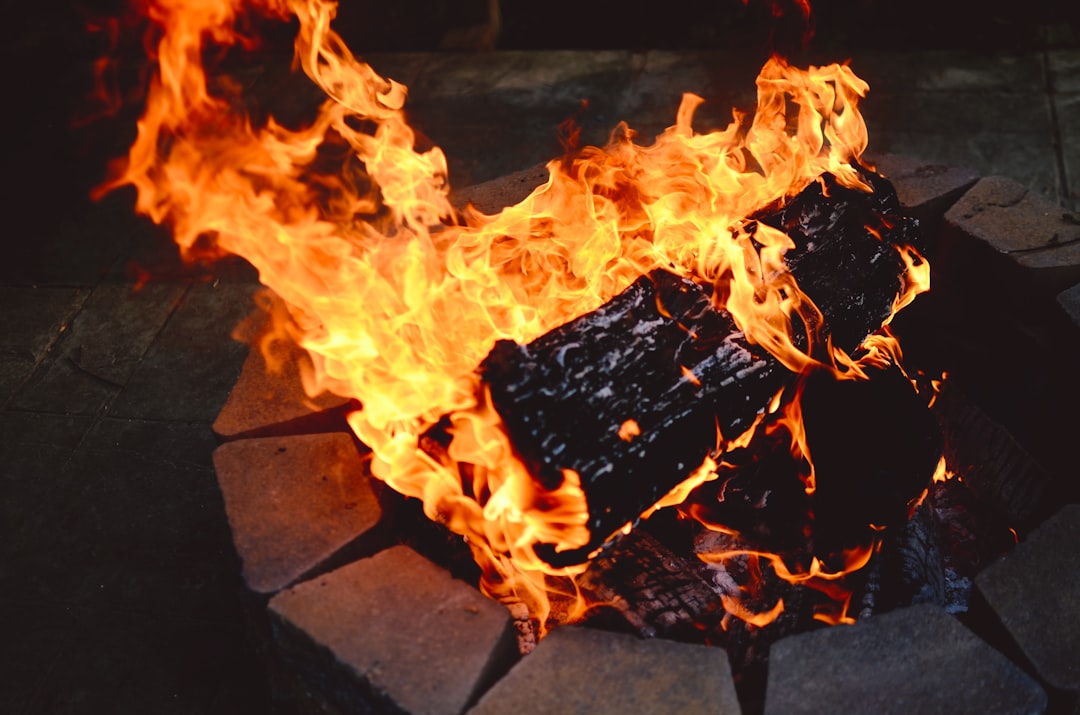
The smartphone you toss in the trash bin alongside old batteries might seem harmless, but it’s actually a disaster waiting to happen. When lithium batteries get crushed in garbage trucks or recycling facilities, they can spark fires that spread incredibly fast. The U.S. EPA documented over 240 fire incidents in 2024 alone, all caused by people mixing batteries with regular electronics waste. These fires don’t just damage equipment—they put workers’ lives at risk and can shut down entire facilities for weeks. Think of it like throwing a lit match into a pile of newspapers. Your old phone battery might look dead, but it still holds enough juice to ignite when damaged.
Plastic Bags Turn Recycling Centers Into Repair Shops
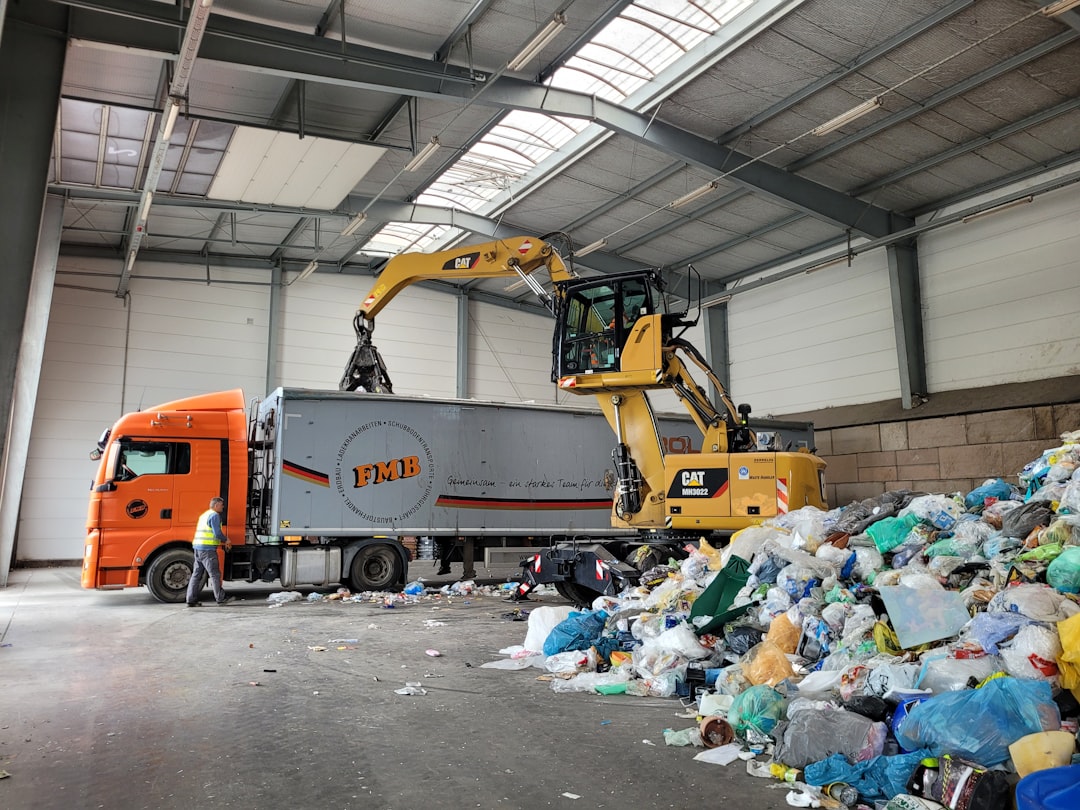
Those grocery bags you stuff into your recycling bin are like throwing a wrench into the gears of a finely tuned machine. Plastic bags wrap around sorting equipment like hair around a vacuum cleaner brush, causing expensive breakdowns that can halt operations for hours. Waste Management reported that over 30% of their facility shutdowns in 2024 were directly caused by plastic bag jams in their machinery. It’s not just an inconvenience—each shutdown costs thousands of dollars and means less material gets recycled overall. The bags themselves aren’t evil; they just need to go to special drop-off locations at grocery stores where they can be processed separately. Most people don’t realize that recycling centers are designed for rigid containers, not flexible films.
Food Scraps Sabotage Your Best Recycling Intentions
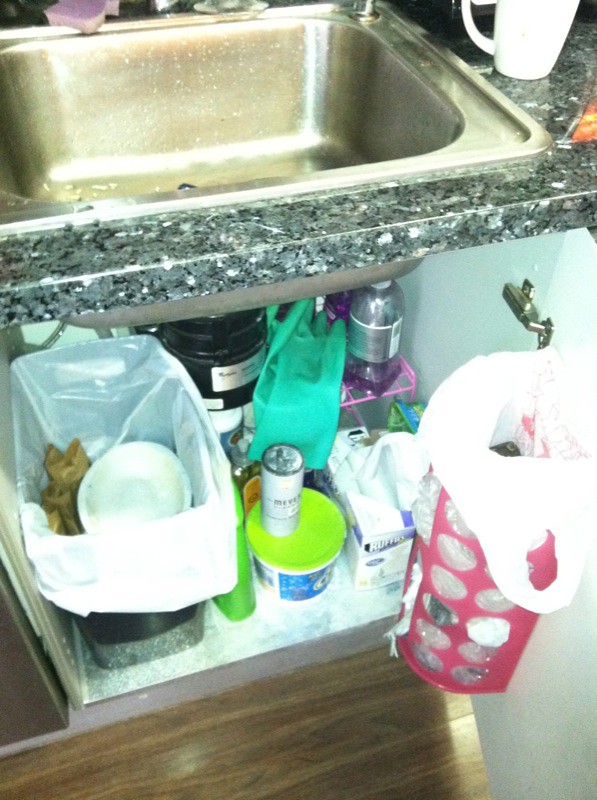
That pizza box with cheese still stuck to the bottom might look recyclable, but it’s actually contaminating entire batches of perfectly good cardboard. Food residue spreads like a stain through recycling loads, making clean materials unsellable to manufacturers who need spotless raw materials. The Recycling Partnership found that up to 25% of recyclables get rejected and sent to landfills because of food contamination in 2025. It’s like trying to make fresh bread with moldy flour—the whole batch becomes unusable. Even a tiny bit of grease or food waste can ruin tons of otherwise valuable recyclables. This means your good intentions actually create more waste when you don’t rinse containers first.
Textiles Waste Billions of Dollars in Landfills
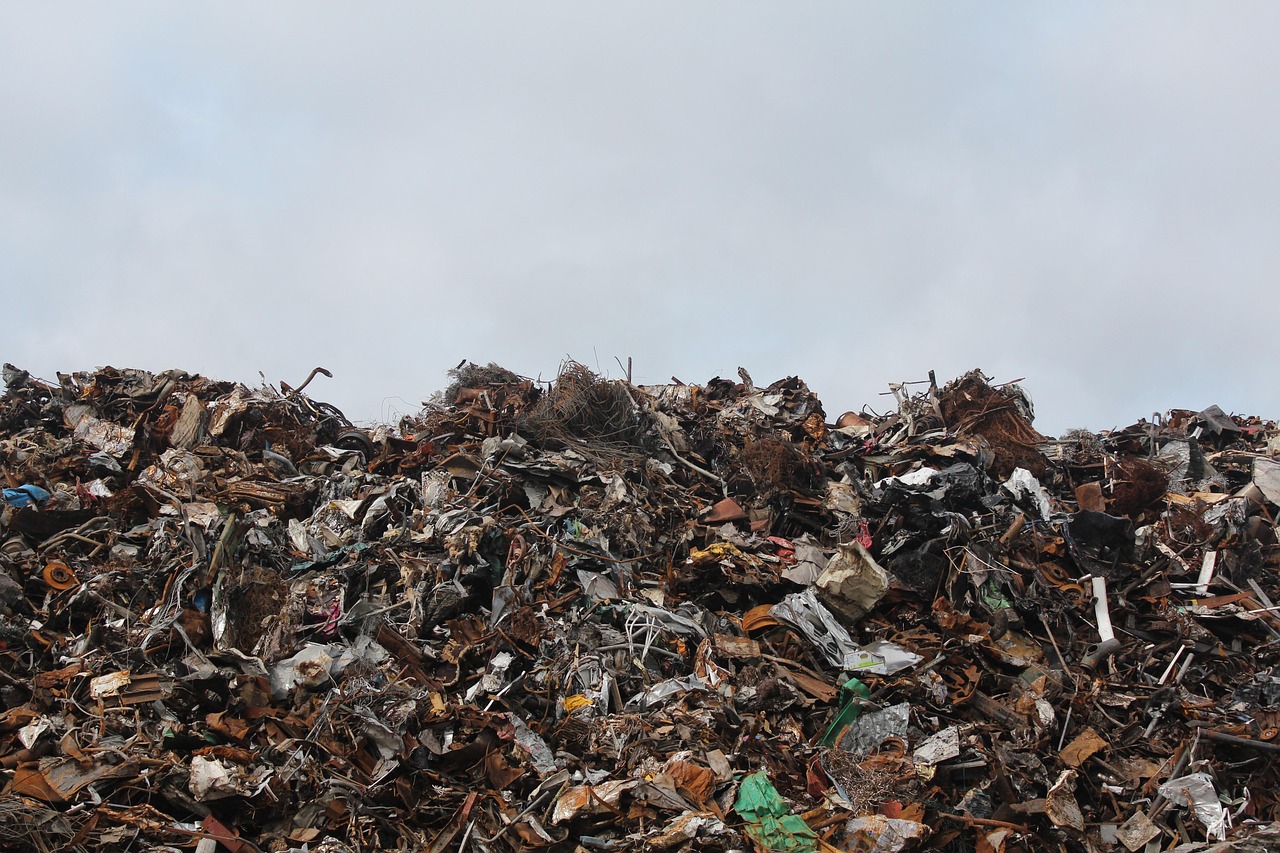
Your old t-shirts and worn-out jeans contain valuable fibers that could become new products, but most people throw them in regular trash where they’ll never see daylight again. The Ellen MacArthur Foundation discovered that 87% of discarded textiles aren’t recycled, representing billions of dollars in lost materials every year. Clothes don’t break down quickly in landfills—they can take decades to decompose while taking up precious space. Think of textiles like LEGO blocks that could be taken apart and rebuilt into something new, but instead they’re buried in a giant pit. Many communities now have textile drop-off bins specifically for clothing, shoes, and fabric items. Even damaged clothes can often be recycled into insulation, rags, or other useful products.
Paint Fumes Poison Waste Workers and Environment

That half-empty paint can in your garage contains volatile organic compounds (VOCs) that can make people seriously sick if not handled properly. Paint doesn’t belong in regular garbage because it releases toxic fumes as it dries and can contaminate soil and groundwater for years. The U.S. PaintCare program collected over 3 million gallons of leftover paint in 2024, preventing all those chemicals from entering landfills where they could cause long-term environmental damage. It’s like the difference between safely disposing of a car battery versus throwing it in a river. Paint disposal sites know how to handle these chemicals safely, either by recycling the paint for reuse or neutralizing the harmful compounds. Many hardware stores also accept old paint, making proper disposal more convenient than most people realize.
Ceramics Destroy Glass Recycling Like Sand in an Engine
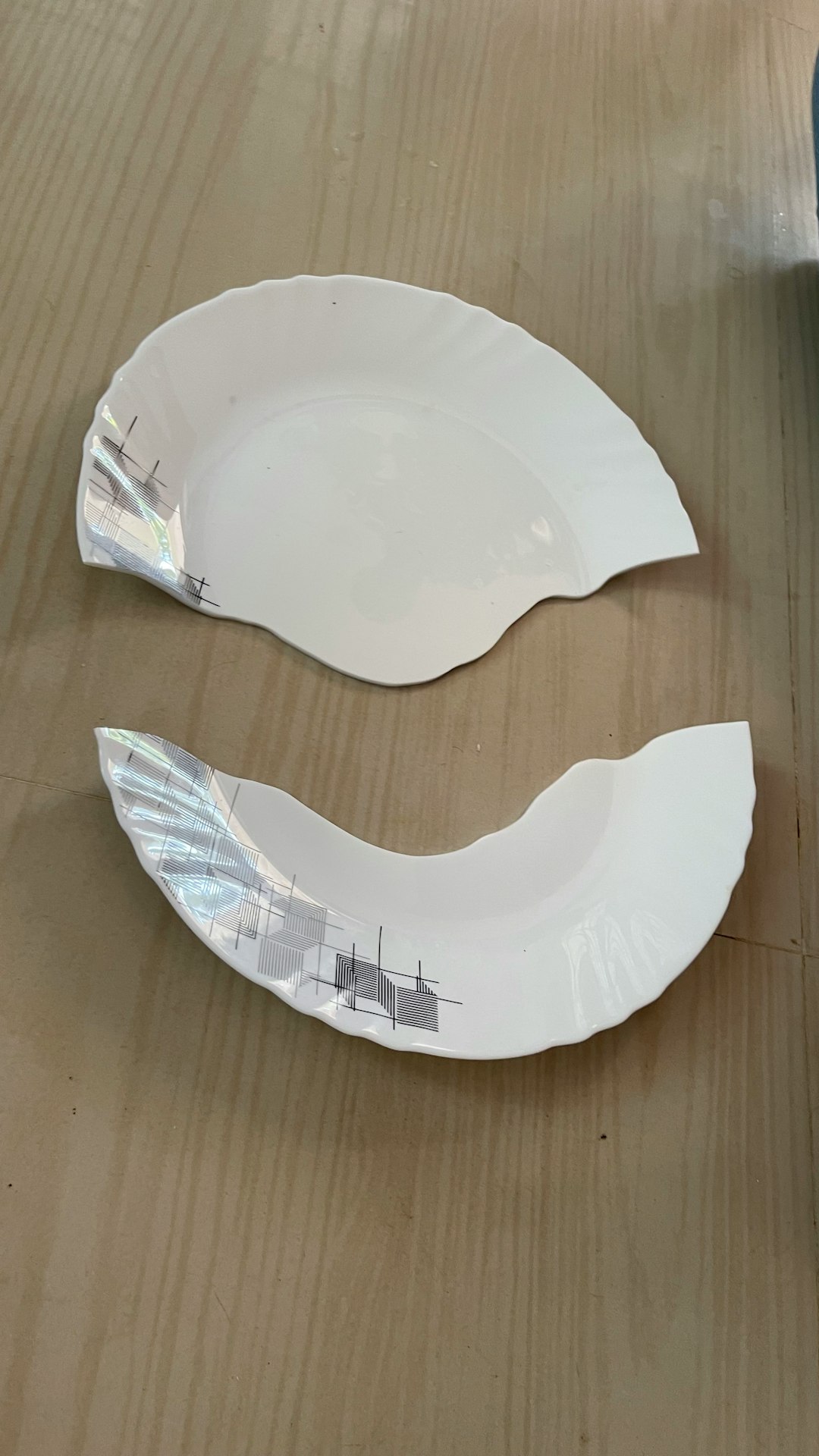
That broken coffee mug might look similar to glass, but mixing ceramics with glass recycling is like putting diesel fuel in a gasoline engine—it ruins everything. Ceramics have different melting points than glass, so when they’re heated together, the ceramic pieces don’t melt and instead create weak spots in new glass products. The Glass Packaging Institute confirmed in 2024 that even tiny ceramic fragments can contaminate entire tons of recyclable glass, making it worthless for manufacturing. It’s incredibly frustrating for recycling facilities because they often can’t spot ceramic contamination until the damage is already done. Glass manufacturers need pure materials to create strong, safe containers for food and drinks. When ceramics sneak in, the resulting glass can shatter unexpectedly, creating safety hazards.
Paper Towels Contaminate Clean Paper Like Dirty Laundry
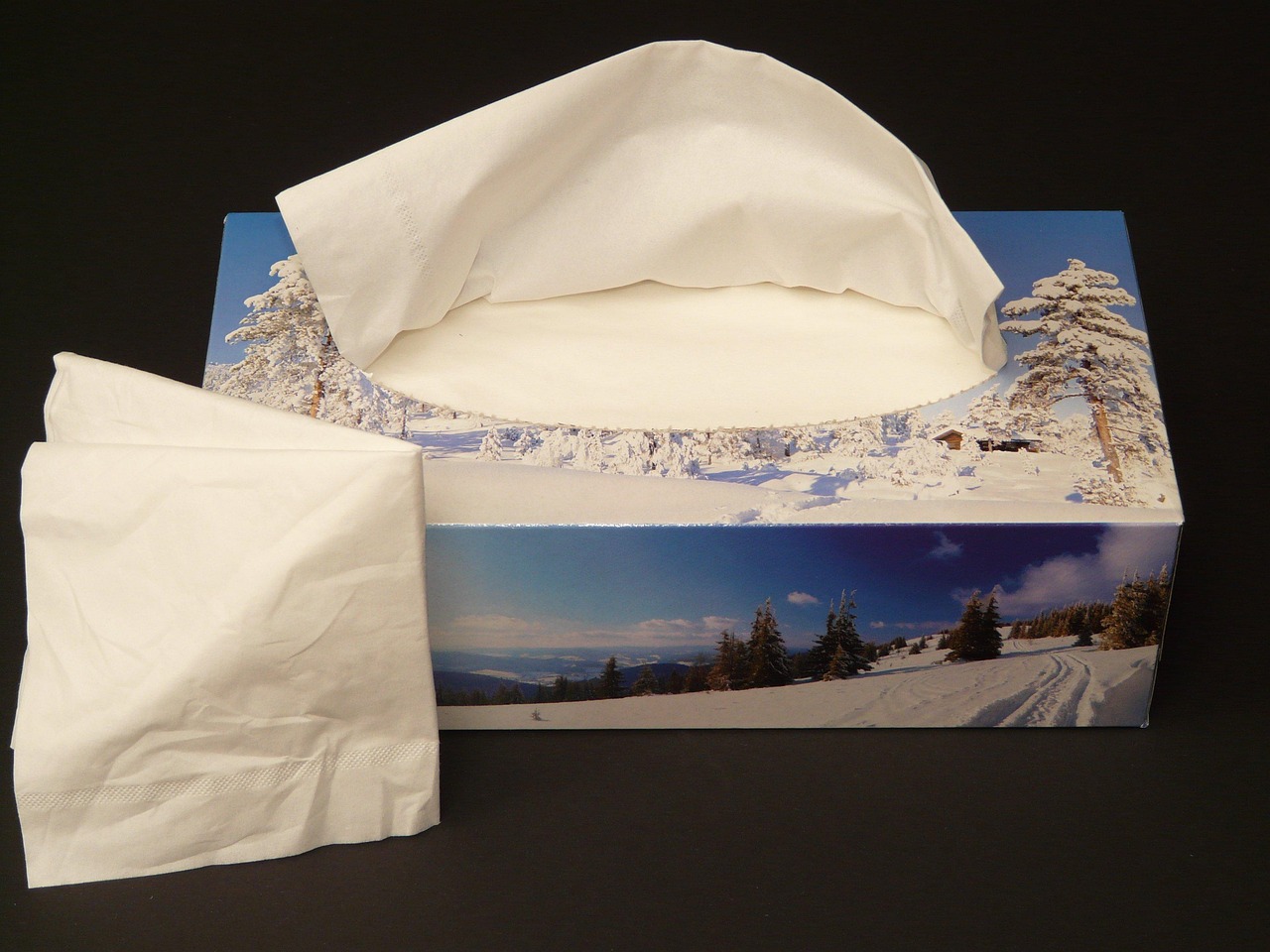
Used paper towels might be made of paper, but they’re actually recycling enemies that can ruin entire batches of clean paper products. Grease, cleaning chemicals, and bacteria from paper towels spread through paper recycling like a virus, making the whole batch unsuitable for reuse. Eco-Cycle’s 2025 research showed that paper towel contamination reduces paper bale quality by 40%, which means less material gets recycled and more trees get cut down. Think of it like trying to wash clean clothes with dirty rags in the same load—everything comes out contaminated. Paper mills need clean, dry paper to create new products, and used paper towels are neither clean nor suitable for the recycling process. Fresh newspaper and office paper can become new paper products, but paper towels should go straight to compost bins where they can safely decompose.
Batteries and Light Bulbs Hide Dangerous Heavy Metals
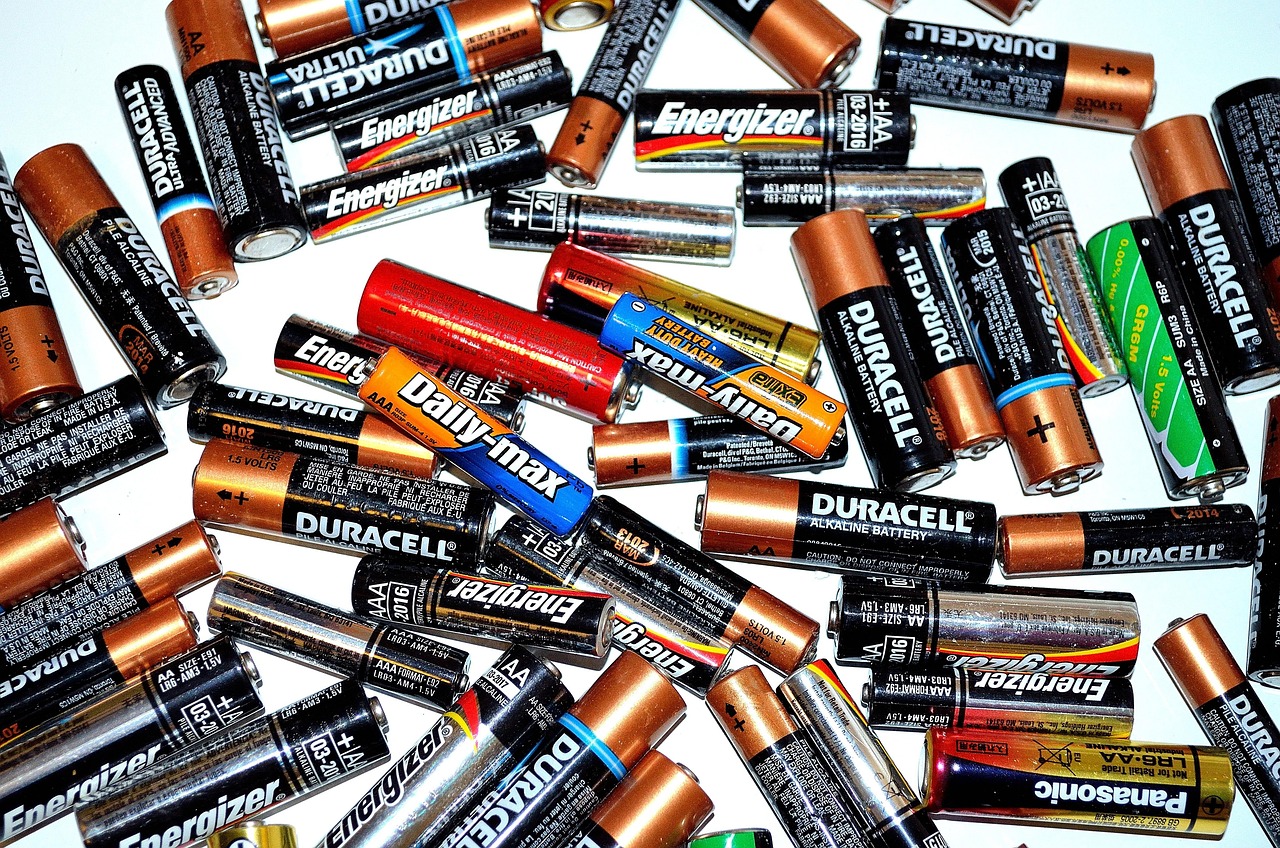
Both batteries and certain light bulbs contain mercury, lead, and other heavy metals that can poison people and wildlife if not disposed of correctly. These toxic materials don’t break down naturally and can contaminate soil and water for generations if they end up in regular landfills. Earth911’s 2024 data revealed that only 15% of households properly separate these items, meaning millions of tons of dangerous materials enter the environment each year. It’s like the difference between handling radioactive material with protective gear versus with bare hands—both require special precautions. Many communities offer special collection days for household hazardous waste, including batteries and fluorescent bulbs. The heavy metals in these items are actually valuable and can be safely extracted and reused when processed at proper facilities.
Electronic Waste Loses Billions in Precious Metals
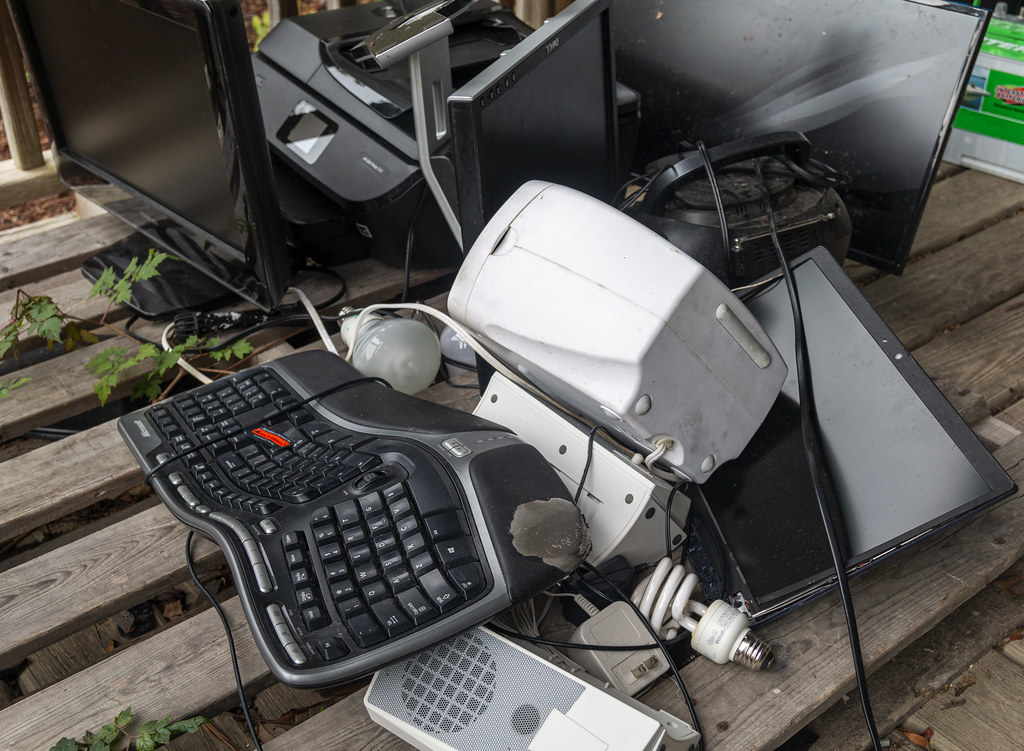
Your old smartphone contains gold, silver, and rare earth elements worth more than most people realize, but mixing electronics with regular scrap metal means these valuable materials get lost forever. Electronics also contain toxic substances like lead and mercury that can contaminate other recyclable metals during processing. The Global E-Waste Monitor 2024 calculated that improper disposal wastes $62.5 billion worth of recoverable raw materials every year. It’s like throwing away jewelry mixed with toxic waste—you lose the valuable parts and create dangerous contamination at the same time. Electronic recycling facilities have specialized equipment to safely extract precious metals while properly handling the toxic components. When electronics get mixed with regular scrap metal, both the valuable materials and the environmental safety get compromised.
Most People Never Learn These Simple Separation Rules
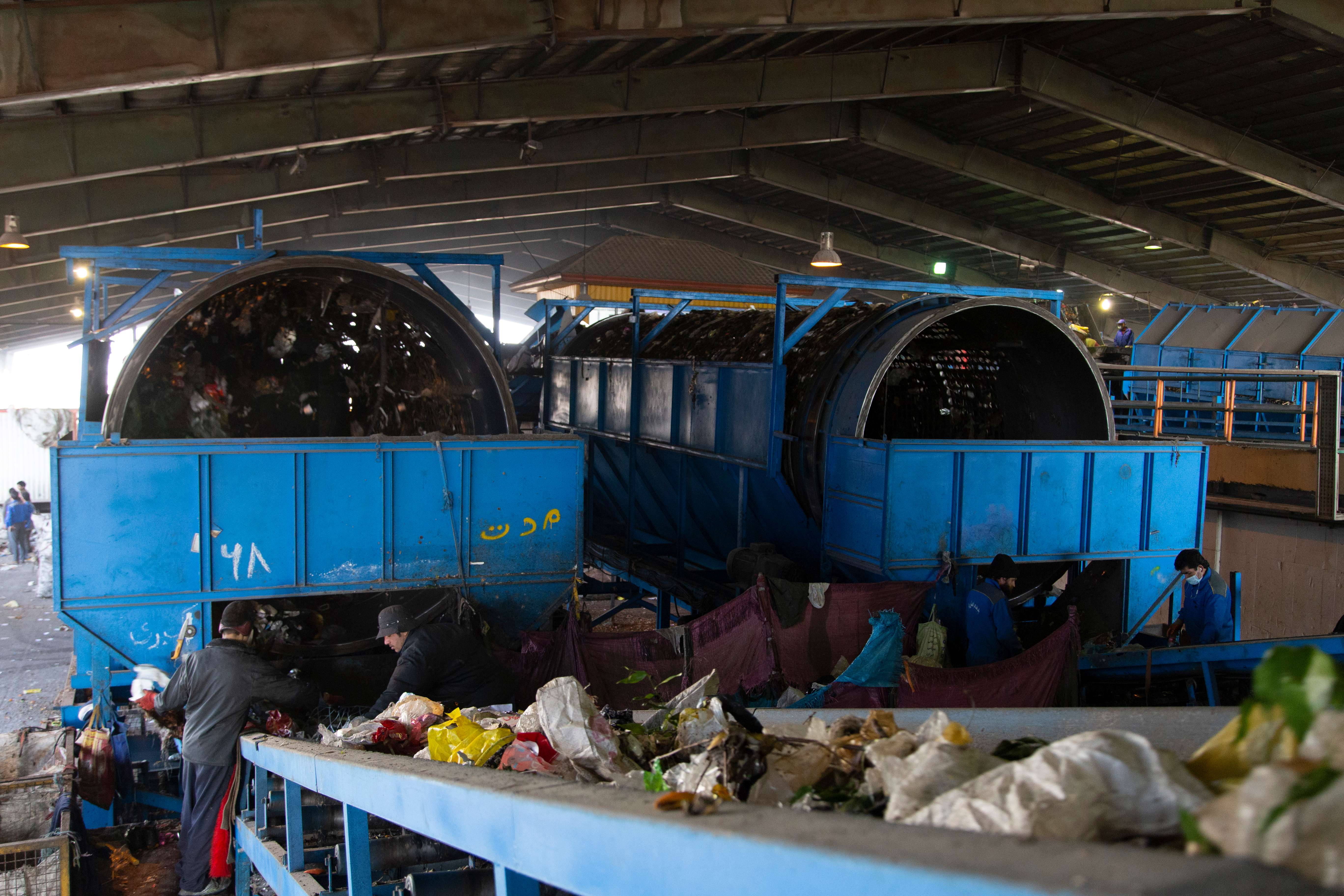
The biggest problem isn’t that these separation rules are complicated—it’s that most people never learn them in the first place. Schools don’t teach proper waste separation, and many communities provide confusing or incomplete information about what goes where. People develop habits based on convenience rather than environmental impact, and those habits become incredibly hard to break once they’re established. It’s like learning to drive on the wrong side of the road and then wondering why there are so many accidents. Simple changes in how we sort waste could prevent fires, reduce contamination, and recover billions of dollars worth of materials that currently get wasted. The solutions exist, but they require people to think differently about the things they throw away every single day.
- How Meteorologists Predict Storms Using Satellite Data - October 3, 2025
- What Causes Rainbows And Why They’re Always Curved - October 1, 2025
- 3 Industries Face Crushing New Tariffs as Trade War Escalates - September 28, 2025
